Some people watch things happen, some make things happen, and some say, “what happened?” Some organizations out there concerning the pandemic (and maybe other things, too) are falling into that third category. In this issue, we will discuss how to avoid being one of them.
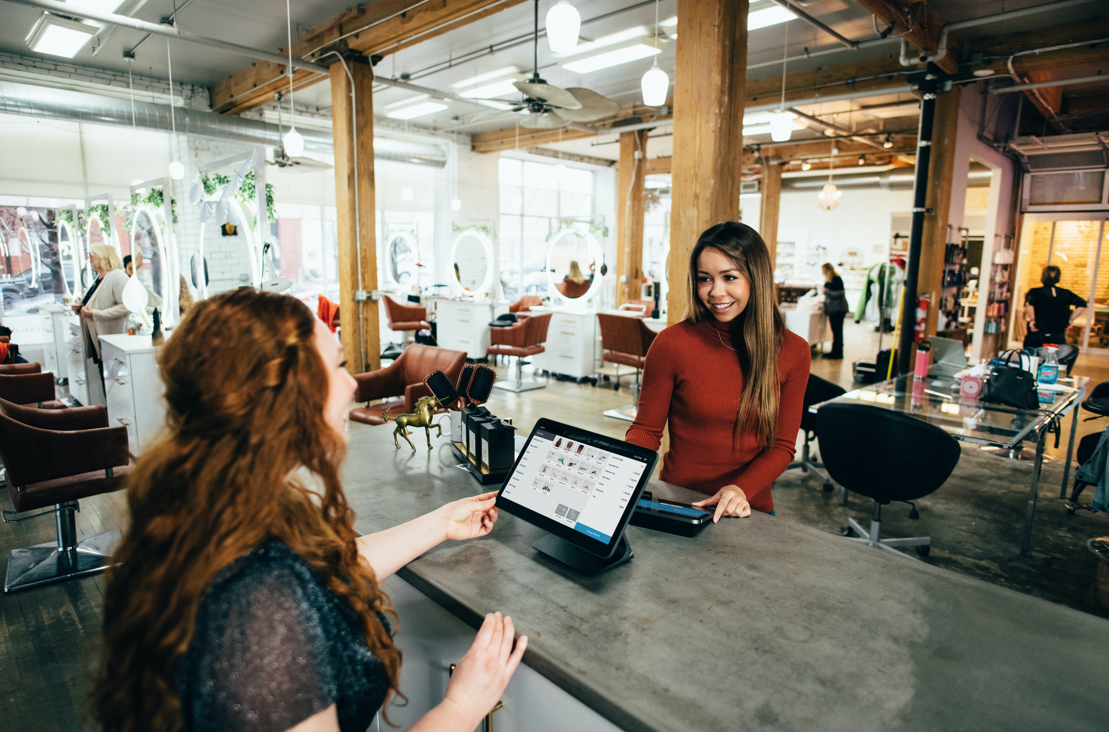 There’s a silver lining in everything, even this pandemic. We discussed this subject in a recent podcast. We’ve had loads of clients contacting us to find out what they should be doing coming out of our stay-at-home, flatten-the-curve lockdown. We like to tell them one of my favorite old sayings: Never let a good crisis go to waste.
There’s a silver lining in everything, even this pandemic. We discussed this subject in a recent podcast. We’ve had loads of clients contacting us to find out what they should be doing coming out of our stay-at-home, flatten-the-curve lockdown. We like to tell them one of my favorite old sayings: Never let a good crisis go to waste.
We have had massive changes occur. When we hosted Rory Sutherland on the podcast a couple of weeks ago, he made the point that businesses have prioritized efficiency over resilience. This fact will have a significant impact on how some organizations fare in the coming months.
There are three different groups of organizations regarding opening up again after the pandemic:
- Organizations that are reacting to things: This group is changing the Customer Experience to respond to the crisis, but believe the present environment we are experiencing is temporary. So, their reactions put in place are also temporary.
- Organizations that are responding to things: Firms who are responding accept that the changes are not going to go away, at least not in the short term, meaning the next year or so. Their responses are more permanent than the reaction group.
- Organizations that are reimagining things: The third group is reimagining stuff because they see an advantage there. Whether these are new ideas or plans they had to make changes later, they make the most of the opportunity this post-pandemic environment presents.
Psychology influences these groupings, also. Loss Aversion, which describes how we hate losing things even more than we enjoy gaining them, is at work. This time, however, Loss Aversion also affects the different groups’ tolerance for risk. When times are good, and business is in a growth mindset or at least a good mindset, people generally don’t like uncertainty, with some exceptions. However, companies are in a loss mindset, which sometimes makes firms more risk-seeking than usual. At times like these, organizations are willing to try new and scary things.
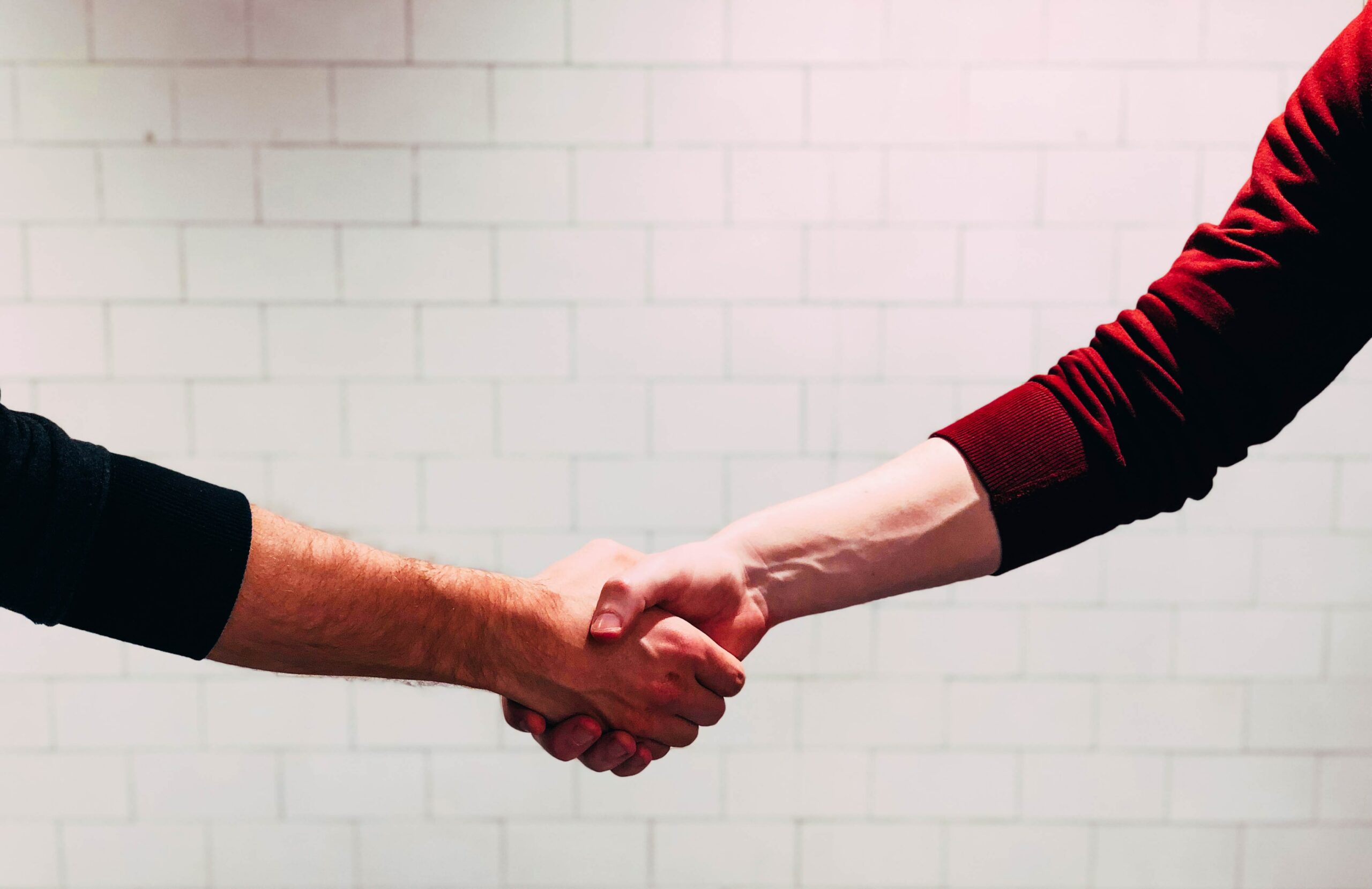 Delta is a large, successful airline that has been comfortable for some time now. Sans pandemic, Delta’s leadership might have been averse to disrupting their business model. However, the Dallas News reported in April that they are predicting a 90 percent drop in revenue for the second quarter of 2020. In March, they processed more than one million refunds, resulting in more than $500 million. I suspect Delta is looking for creative solutions in light of this prediction. Moreover, many other companies in other industries are in the same boat.
Delta is a large, successful airline that has been comfortable for some time now. Sans pandemic, Delta’s leadership might have been averse to disrupting their business model. However, the Dallas News reported in April that they are predicting a 90 percent drop in revenue for the second quarter of 2020. In March, they processed more than one million refunds, resulting in more than $500 million. I suspect Delta is looking for creative solutions in light of this prediction. Moreover, many other companies in other industries are in the same boat.
The pandemic is terrible in many ways. However, from a business perspective, a silver lining is that its impact forces business to re-examine business, embrace risk, and reimagine things from a different perspective. For example, the time to change customer habits is when there’s been some form of significant change in the usual for the customer, like the birth of a child, being on vacation, or some other type of change catalyst. The pandemic has been that change catalyst in many cases. So, the question becomes, can you use this opportunity to make more fundamental changes to your model in a way that benefits customers in the long term? Can it also make you more resilient and able to grapple with changes like crises like this in the future?
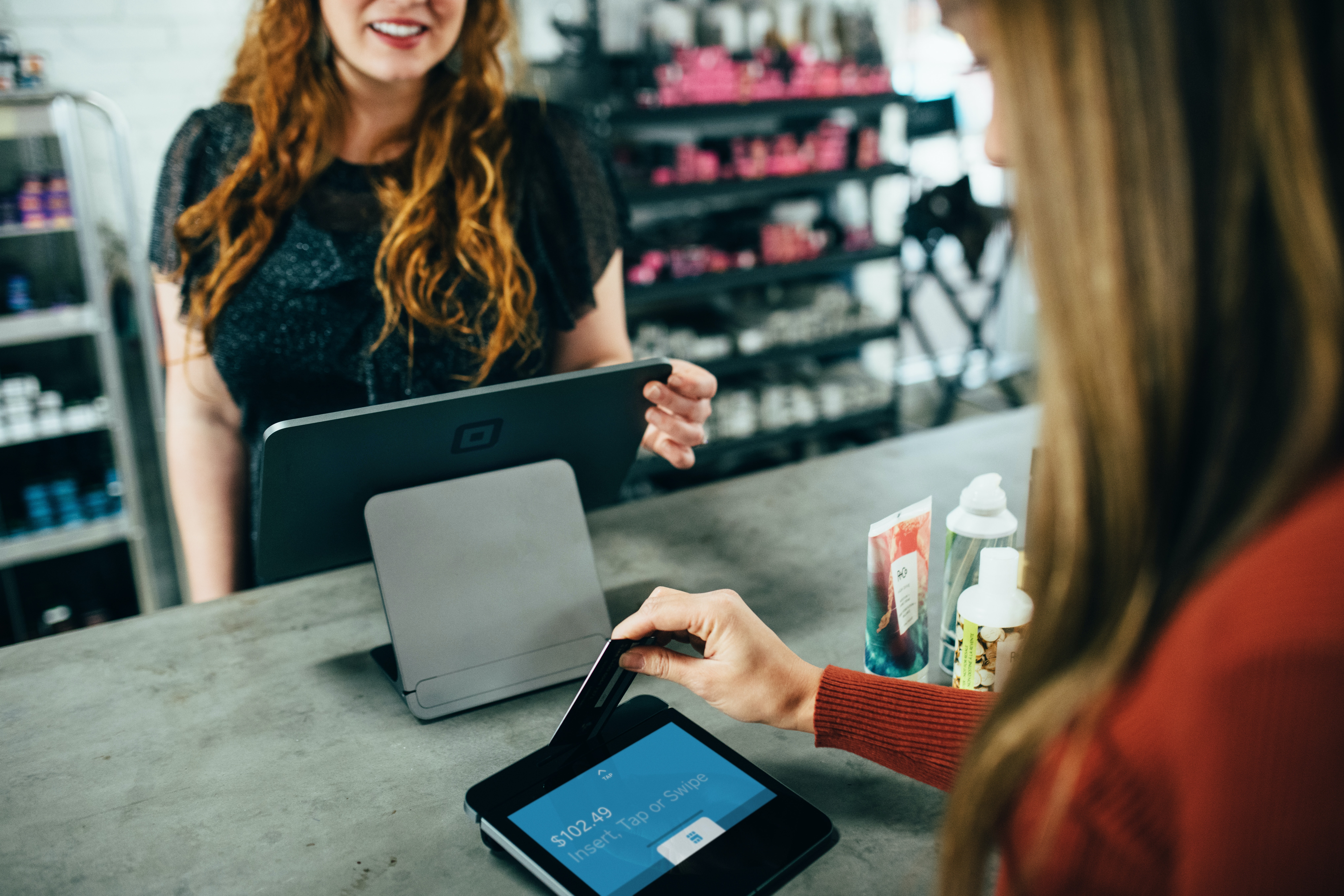 Also, there are a few other considerations. One is different parts of the world are treating these things in different ways. Some people have been “staying at home” and others that didn’t really. For example, Sweden didn’t “lockdown,” but the UK did. Many states in the US opened in April, while others only opened up in June. Therefore, you can’t treat everybody the same now. It would be best to understand how customers’ emotions and behavior far more than we ever did. Customers in different states and countries feel different things depending on the situation from which they are emerging.
Also, there are a few other considerations. One is different parts of the world are treating these things in different ways. Some people have been “staying at home” and others that didn’t really. For example, Sweden didn’t “lockdown,” but the UK did. Many states in the US opened in April, while others only opened up in June. Therefore, you can’t treat everybody the same now. It would be best to understand how customers’ emotions and behavior far more than we ever did. Customers in different states and countries feel different things depending on the situation from which they are emerging.
Second, the customers are in different stages of the Kubler Ross Grief model. You will remember that the Kubler Ross model has five stages: denial, anger, bargaining, depression, and acceptance. In many cases, people are moving into acceptance about the changes to life as we know it. Some are still in denial that the pandemic is real. So, how does your experience reflect and accommodate these various grieving stages?
Furthermore, I believe a second wave will lead back to a stay-at-home order and the closing of non-essential businesses. If it does, do you have a plan for it?
We know that customers usually want easy things. However, today, that trend has changed, and people are now gravitating toward safe things. However, that doesn’t apply to everybody; life is never black and white. But people at the moment are leaning toward safety.
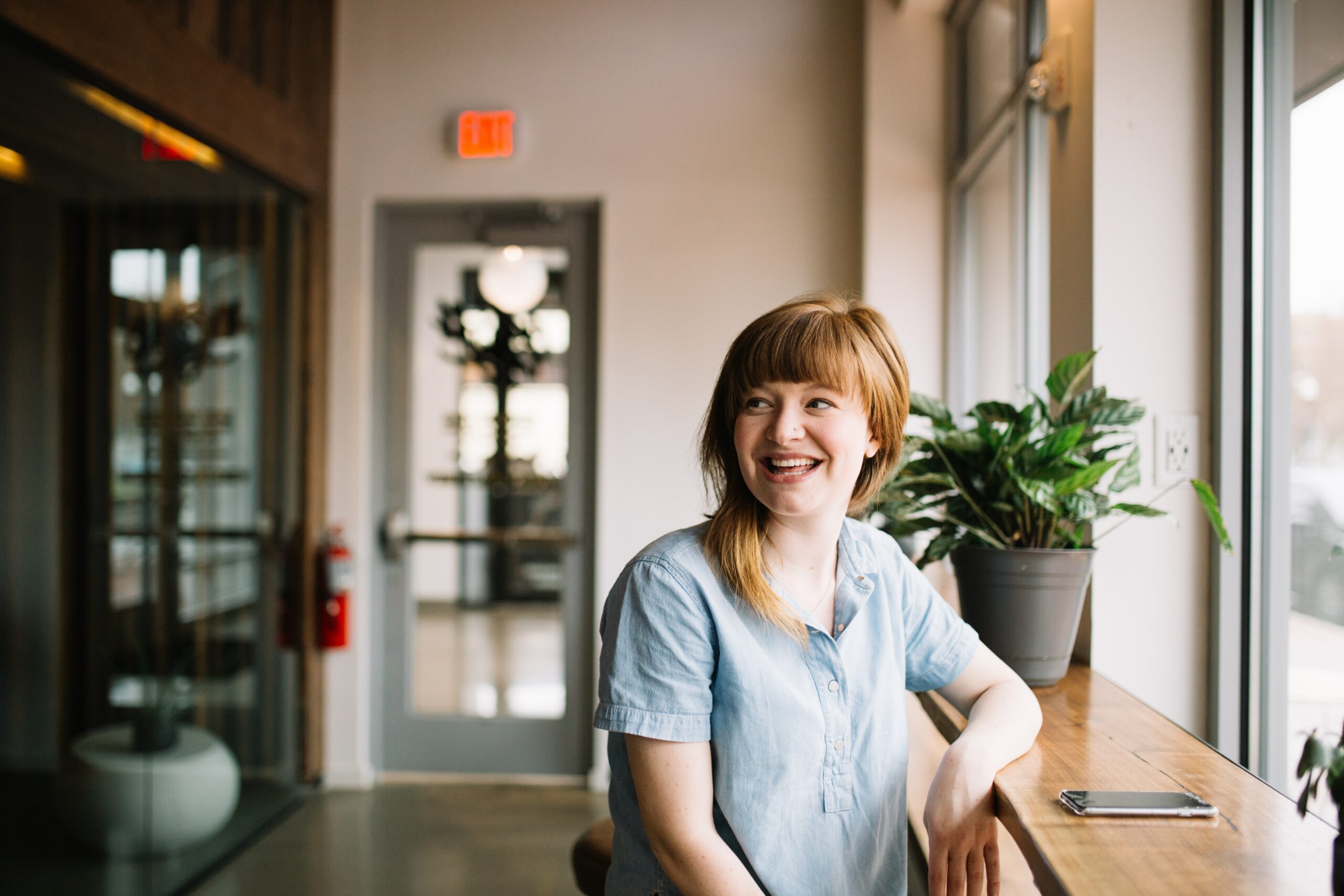 I was checking in with a couple of friends recently who said that they waited an hour outside a grocery store. That’s not easy. Some people will be frustrated and angry about that wait. However, a lot of people will feel a lot better that there was a wait, and the store wasn’t at capacity. So, many organizations are prioritizing safety over convenience.
I was checking in with a couple of friends recently who said that they waited an hour outside a grocery store. That’s not easy. Some people will be frustrated and angry about that wait. However, a lot of people will feel a lot better that there was a wait, and the store wasn’t at capacity. So, many organizations are prioritizing safety over convenience.
I went to a store the other day to pick up some cushions for my wife, Lorraine. So, I had to prepare, meaning I found a face mask and hand sanitizer, and stuff like that. Then, I drove past the store to work out how they were queuing because it was different. (Then, I had to ask somebody what line to get in because I couldn’t work it out.) I had never tried “Click and Collect” before, but this day I had. Let me tell you that it is a new habit that I’m going to have! I would much prefer the bloody stuff to be delivered to my house. It took this pandemic to get me to change my behavior.
My story conveys a crucial fact about the opportunity this situation presents. There are usually barriers to change in customer behavior. However, the pandemic and the related changes to business-as-usual have knocked those barriers down. Customers only have to endure the hassle of figuring out “Click and Collect” once time, and then, customers have it figured out, and it will be much easier next time.
What are customers doing, and what emotions are motivating it?
So, What Do We Do with This?
We have been advising clients on what to do. It boils down to six things for you do in terms of a process or what they would do in the opening up transition:
- Interpret new customer behavior. What are customers doing, and what emotions are motivating it?
- Identify the accelerants that are in your marketplace. How has the pandemic changed how your market works, and have you taken advantage of the opportunities it presents? (Hint: If you aren’t sure, this is a great time to do new research; any recent research isn’t applicable.)
- Determine if there is a further segmentation. Have the present market conditions created new segments based on experiences during the pandemic?
- Review your strategy. What are those new strategic objectives that you should be considering or pulling forward from plans?
- Redesign your Journey Maps. What nudges to customer journeys do you have that reflect the new normal and the new emotions people have during it.
- Train employees in managing emotional experiences. How are you equipping your customer-facing teams with skills to manage customers’ emotional experiences?
Research is critical, and, unfortunately, any research you had before the pandemic likely no longer applies. Discovering what your customers are feeling is essential to creating an experience that welcomes your returning customers the best way possible in today’s environment. Moreover, if you dig deep into what customers really want, you can uncover the unmet needs that you can provide. We use research called Emotional Signature Edge® that can find these hidden gems and provide you a target to hit with your revised and reimagined customer experience.
Organizations are falling into the three groups regarding the Customer Experience as customers emerge into a post-pandemic marketplace. Firms are either reacting temporarily, responding permanently, or reimagining what’s possible. Moreover, the organizations that reimagine their Customer Experience are managing customer emotions and providing opportunities for new customer behavior that builds excellent memories that bring them back for more.
In which group does your organization belong?
To hear more about this idea in more detail, listen to the complete podcast here.
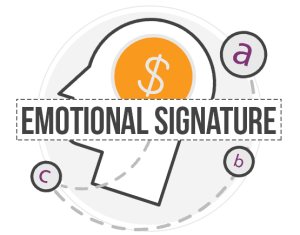
What customers say they want and what they really want are often different things. It is vital to know what drives value for your organization. Our Emotional Signature research can tell you where you are compared to other organizations and what to focus on to drive value for your customers. To learn more, please click here.
Colin Shaw is the founder and CEO of Beyond Philosophy, one of the world’s leading Customer experience consultancy & training organizations. Colin is an international author of six bestselling books and an engaging keynote speaker.
Follow Colin Shaw on Twitter @ColinShaw_CX
Sources:
“Delta, the most profitable US Airline, reports a $534 million loss in the first three months of 2020.” Dallasnews.com. 22 April 2020. Web. 17 May 2020. https://www.dallasnews.com/business/airlines/2020/04/22/delta-the-most-profitable-us-airline-reports-a-534-million-loss-in-first-three-months-of-2020.
Passy, Jacob. “Airlines are issuing billions of dollars in vouchers — but can you still get a cash refund for coronavirus-related flight cancellations?” marketwatch.com. 12 May 2020. Web. 17 June 2020. https://www.marketwatch.com/story/airlines-are-sitting-on-over-10-billion-in-vouchers-as-they-refuse-refunds-for-coronavirus-cancellations-democratic-senators-say-2020-04-17.


